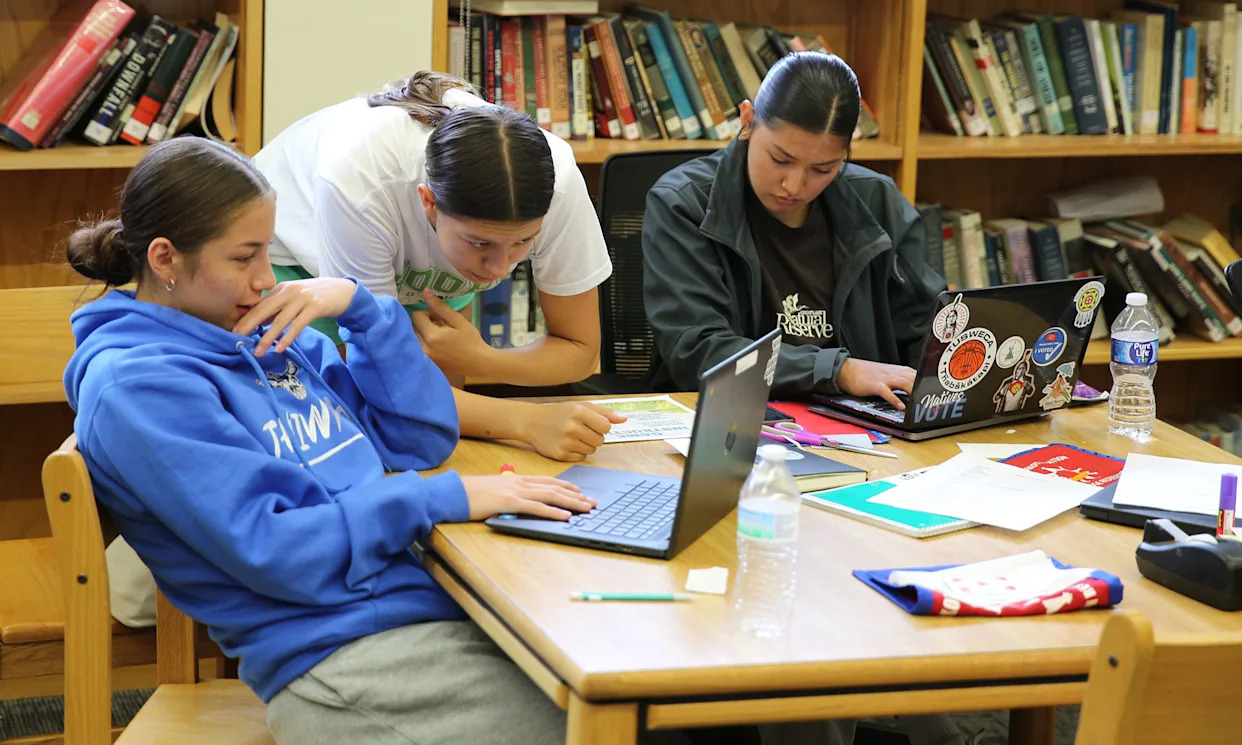
In the thick of the summer, 10 high school and college students sat in the empty library of Maȟpíya Lúta — Red Cloud — High School in Pine Ridge, South Dakota. There, they recited everyday phrases in Lakota, the language spoken by the Oglala Sioux Tribe on the Pine Ridge Reservation, one of the nation’s largest.
Taŋyáŋ ništíŋma he? Did you sleep well?
Okóihaŋke k’uŋ heháŋ tȟabwaškate. Last weekend I played basketball.
Táku wičhókaŋ wótapi he? What’s for lunch?
The students were paid participants in the school’s annual summer language internship program, learning the language and culture to teach others — and posting videos of themselves speaking, translating and describing everyday activities in Lakota.
It’s part of Maȟpíya Lúta’s mission to preserve the 1,000-year-old language, which is in danger of being erased because it is not being passed down to younger generations.
Opened in 1888, Maȟpíya Lúta (mah-PEE-yah loo-tah) was one of many boarding schools the U.S. government created to culturally assimilate and “whiten” Native Americans. Roughly 19,000 children were taken from their families and forced to attend. The schools made the children use English names, cut their hair and prohibited them from speaking their language, according to a 2022 federal report.
Surviving Genocide: Native Boarding School Archives Reveal Defiance, Loss & Love
“Boarding school rules were often enforced through punishment, including corporal punishment such as solitary confinement; flogging; withholding food; whipping; slapping; and cuffing,” the report said. Thousands of young people died as a result of abuse and inhumane conditions.
While the Lakota population is more than 170,000 strong, there are fewer than 2,000 fluent speakers, according to the Lakota Language Consortium. Most are in their 70s.
Ashlan Carlow-Blount, 17, didn’t grow up speaking Lakota, but discovered a passion for it in high school. She joined the internship to improve her speaking skills and share the language with other young people.
“Our ancestors couldn’t speak it — if they spoke it, it was like a punishment for them,” Ashlan said. “That’s why we lost our language, because they were so afraid to speak it and they didn’t pass it down. That’s why it’s important to us to [do this], because we have the opportunity to speak it freely now and then keep it going.”
Native American Leaders Call Again for Action After Boarding Schools Apology
The summer internship is the next step toward fluency for students who have completed other Lakota classes. For two months, they learn through singing, activities, group conversations and lectures. This year’s group began to share their work on TikTok — sometimes receiving thousands of views.
“Our summer interns kind of put [the program] on the map, and it was a good outlet for them to showcase what they’re learning and also showcase how language could be used in the day-to-day,” said Jennifer Irving, Maȟpíya Lúta’s communications director.
Mya Mills, 17, said a lot of teens know basic Lakota words and speak some at home but aren’t fluent. The internship has helped her speak the language outside of school, and older adults have told her how much they appreciate students trying to bring Lakota back.
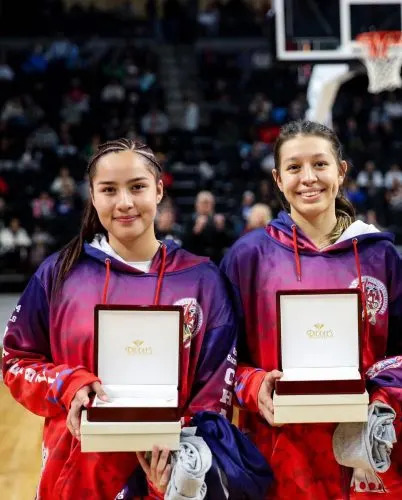
“That’s the point — for us still to try to keep it going,” she said. “Even when we’re around people who don’t speak it.”
Maȟpíya Lúta’s internship is only one piece of its mission to increase Lakota fluency, Irving said. The school of 500 students created a dual language immersion program in 2019 that has since expanded from kindergarten through eighth grade. About 90% of classes are taught in Lakota, so students can become fluent early on instead of catching up in later years.
The movement to revitalize and preserve native languages in schools has boomed in recent decades, Irving said. Immersion schools and language preservation programs have increased in South Dakota and other states like Montana, Louisiana and Minnesota. In December, the Biden administration published a 10-year native language revitalization plan, which called for action to address the U.S. government’s role in the loss of Native American languages. The program’s future is unclear under the Trump administration.
“I think 40 years ago, our education system in this country was very different — very much reading, writing, arithmetic,” Irving said. “We all see now, not just with tribal languages or Lakota language, but we see the benefits for students that are in immersion classrooms and in immersion schools.”
Lawmakers Advance Bill Requiring SD Schools to Teach Native American History, Culture
Researchers have found that Native American students in bilingual programs scored higher on English language standardized tests than those who received education in an English-only program. Including indigenous languages and culture in school curriculum have also been identified as ways to improve chronic absenteeism for Native American students, according to a 2024 report from the national nonprofit Attendance Works.
The Minnesota American Indian Center, which serves more than 35,000 Native Americans in the Minneapolis-St. Paul metro area, created a Cultural Language Arts Network in 2019 that teaches youth the Dakota and Ojibwe languages. Coordinator Memegwesi Sutherland said he’s seen students have “life-changing experiences” after being exposed to their language and culture for the first time.
“Most schools don’t offer much for a Native education,” he said. “Students who do take my class end up learning a lot — they want to reconnect with their people, relearn their language and culture, and sometimes their [college] majors change and they ask me how they can keep learning it.”
Kiana Richards, a 2017 Maȟpíya Lúta graduate, became so passionate about Lakota while in high school that she earned an associate degree in the language. She joined AmeriCorps and worked as a Maȟpíya Lúta employee from 2018 to 2020. But she stopped speaking Lakota when the pandemic struck, and after several years realized her fluency had “completely faded away.”
Last year, she rejoined AmeriCorps to refresh her Lakota skills and teach students about the language and culture.
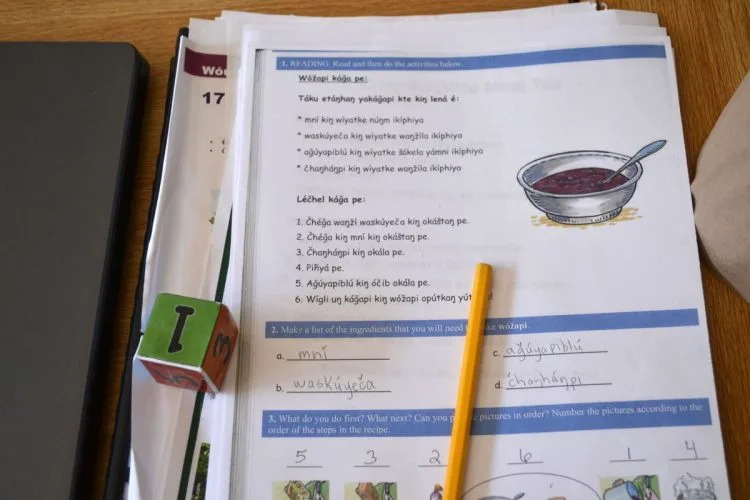
“I wanted to continue to keep doing this for the sake of my own self, my identity, my Lakota identity, and for the sake of me wanting to be an immersion teacher,” she said. “I want to encourage the [students] so much, because it is a part of who we are.”
Tylia Mad Plume, a 2023 Maȟpíya Lúta graduate, said she initially cared only about getting a decent grade in high school Lakota classes. But after an educator encouraged her to work with children, she joined AmeriCorps to help teach while taking language classes herself.
Both Mad Plume and Richards were fired from AmeriCorps this spring, when the Trump administration stripped funding from the national service organization. The school used its own budget to hire them as staff for the summer internship.
Many Maȟpíya Lúta staff come from AmeriCorps. Funding has since been reinstated to Democratic-led states that sued, but the school is still waiting for a solution as a named plaintiff in a lawsuit that seeks a nationwide injunction to restore AmeriCorps funding in every state.
Watch Live: National Service, AmeriCorps and the Future of Education
“I think it’s important to keep going, to keep the Lakota Nation sovereign, because it’s really scary with everything going on right now,” Mad Plume said. “You have to keep that because in history, for the people who didn’t keep it or the tribes who weren’t as strong in their language and culture, it’s gone.”
Richards said she’s excited for the future because while Lakota wasn’t passed down through generations in the past, she believes the current generation will bring it back.
This is foretold in the Lakotas’ seventh generation prophecy, she said — a prediction made in the 1800s by Lakota holy man Nicholas Black Elk that after generations of great suffering, the Lakota of the seventh generation — the current generation — will take back what little culture and rights remain to spur positive change for the future.
“Here we are in that moment,” Richards said. “I feel like it’s coming full circle, because now we’re teaching the [children] how to speak Lakota and some of them are more fluent than I am. It’s amazing to see, and that’s what encourages me and inspires me. It’s so important because it connects us to who we are, in our spirits, our knowledge.”
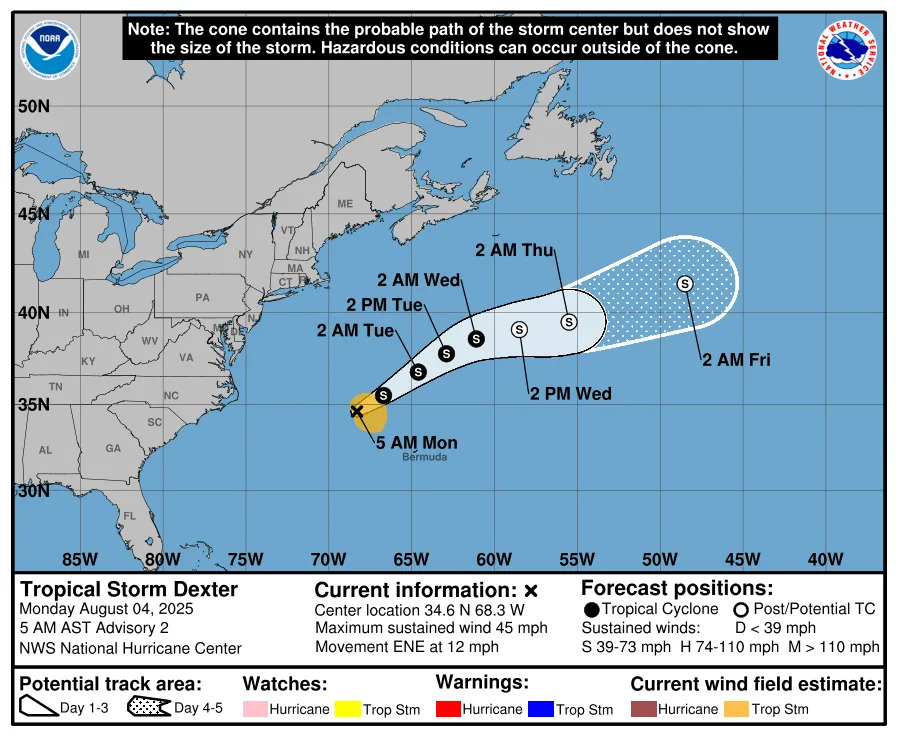
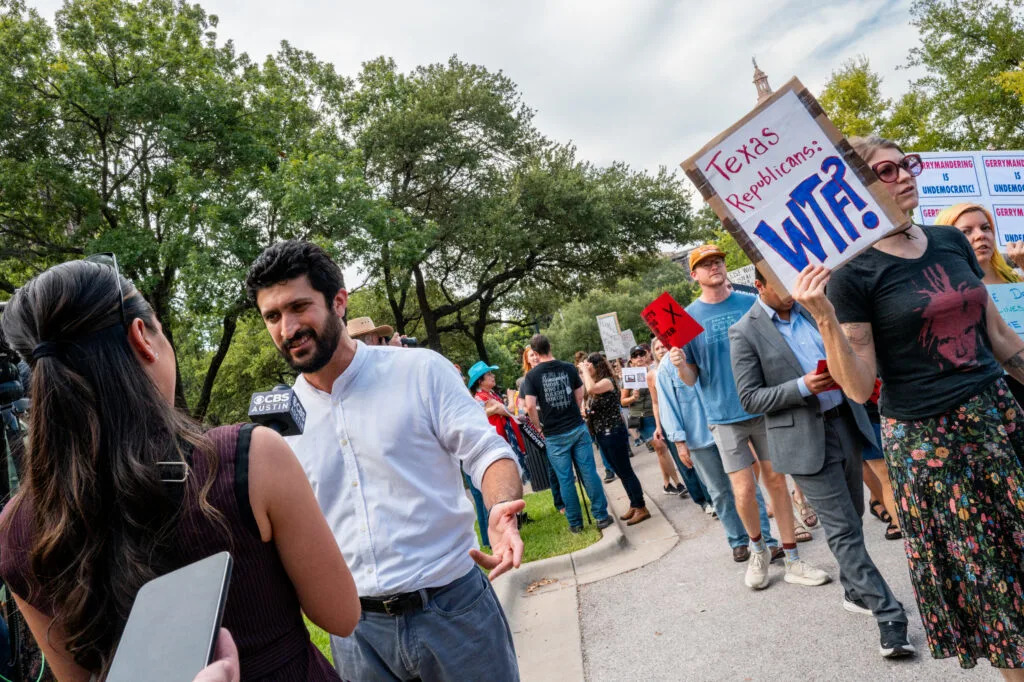
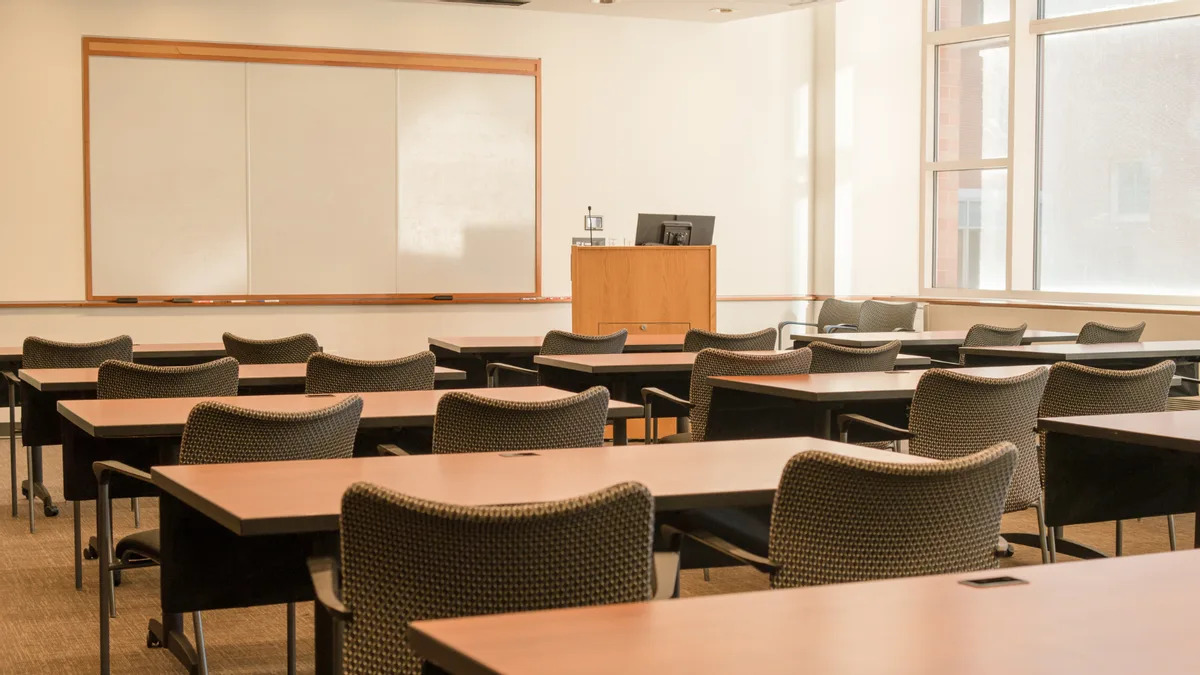

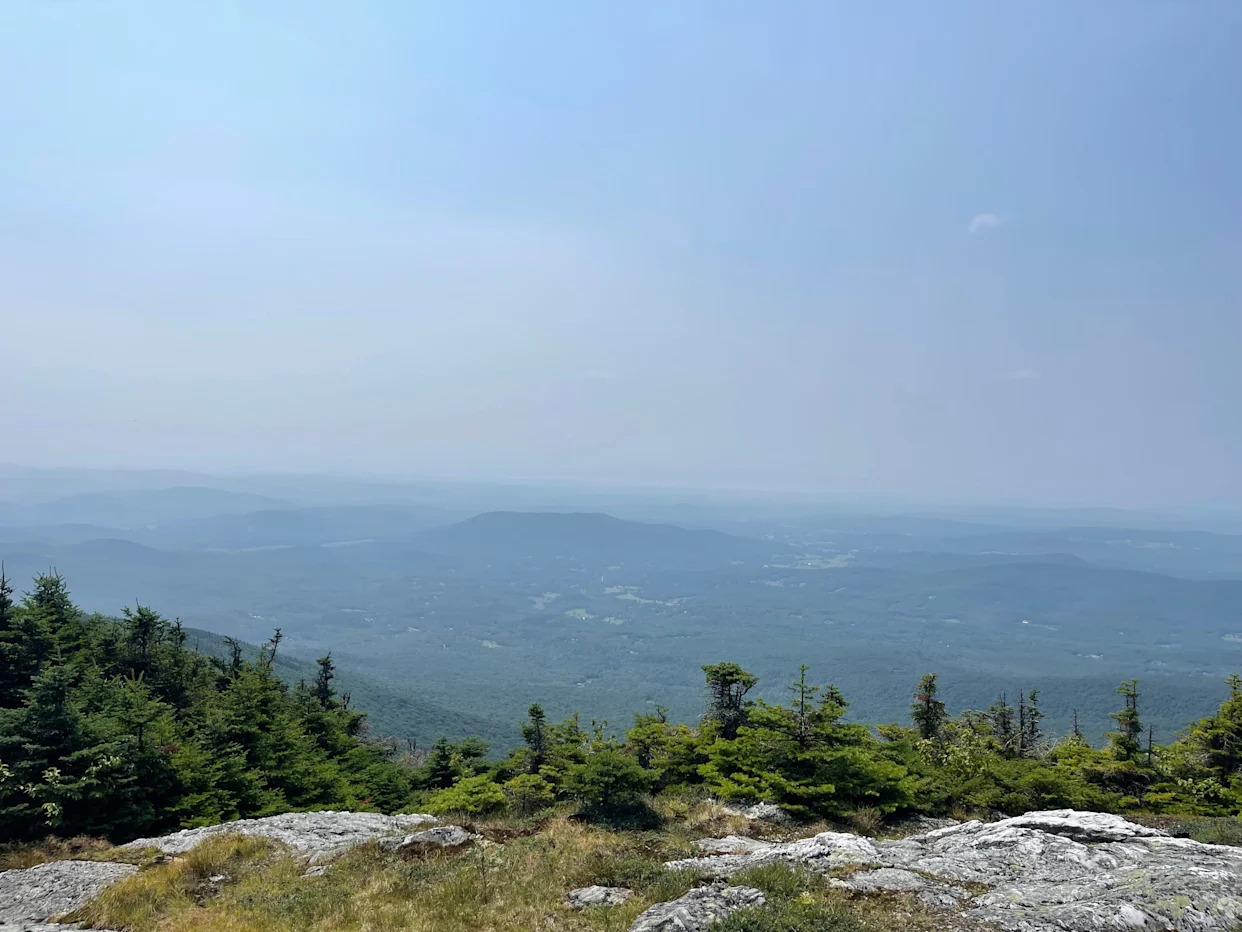

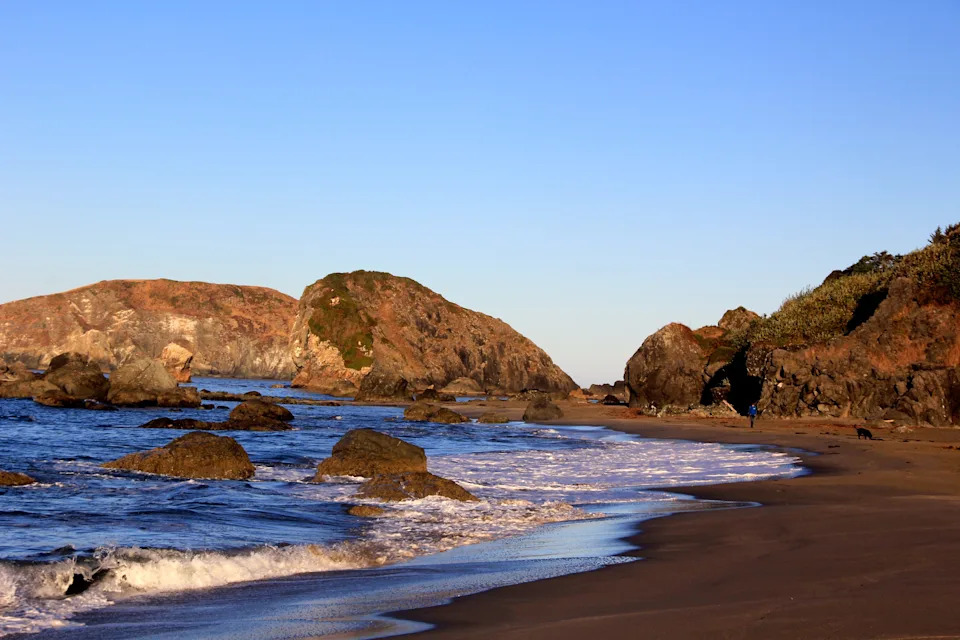
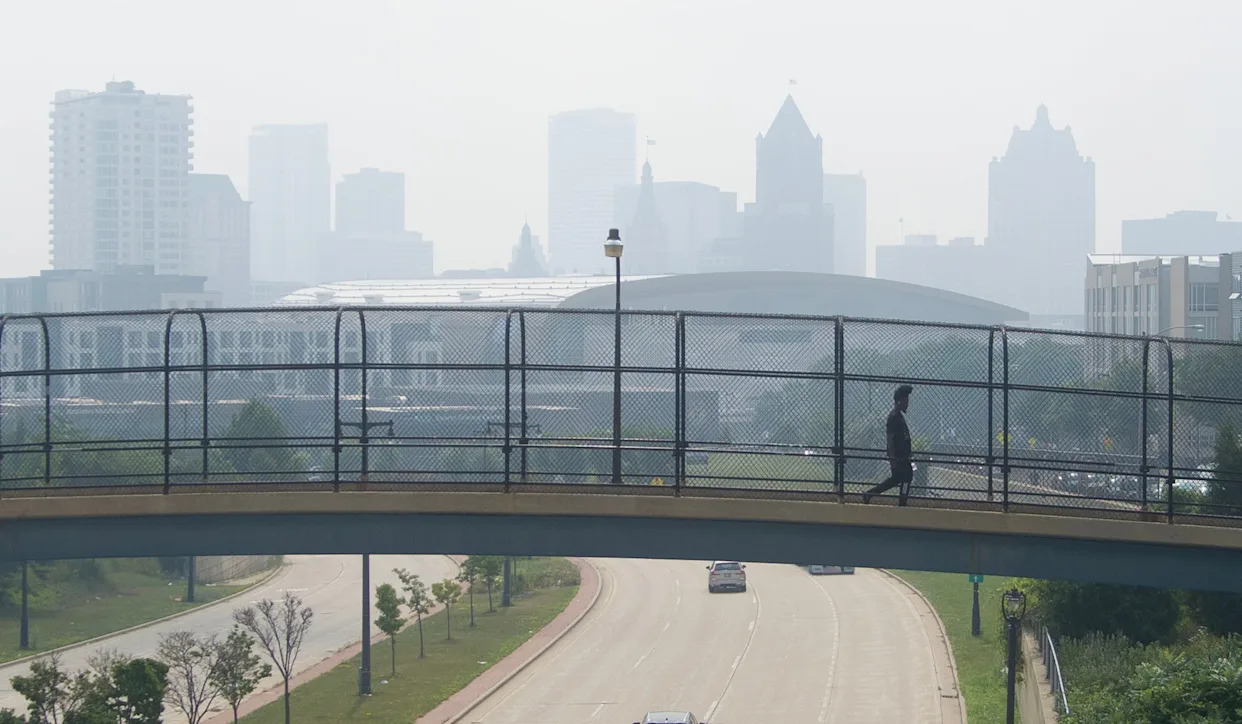
Comments